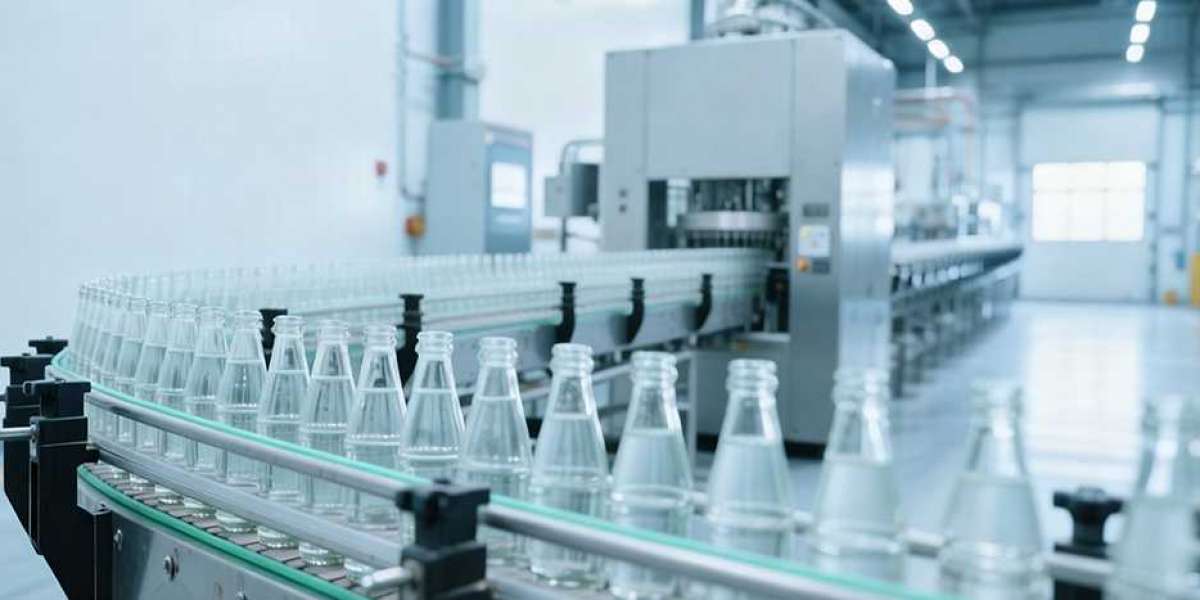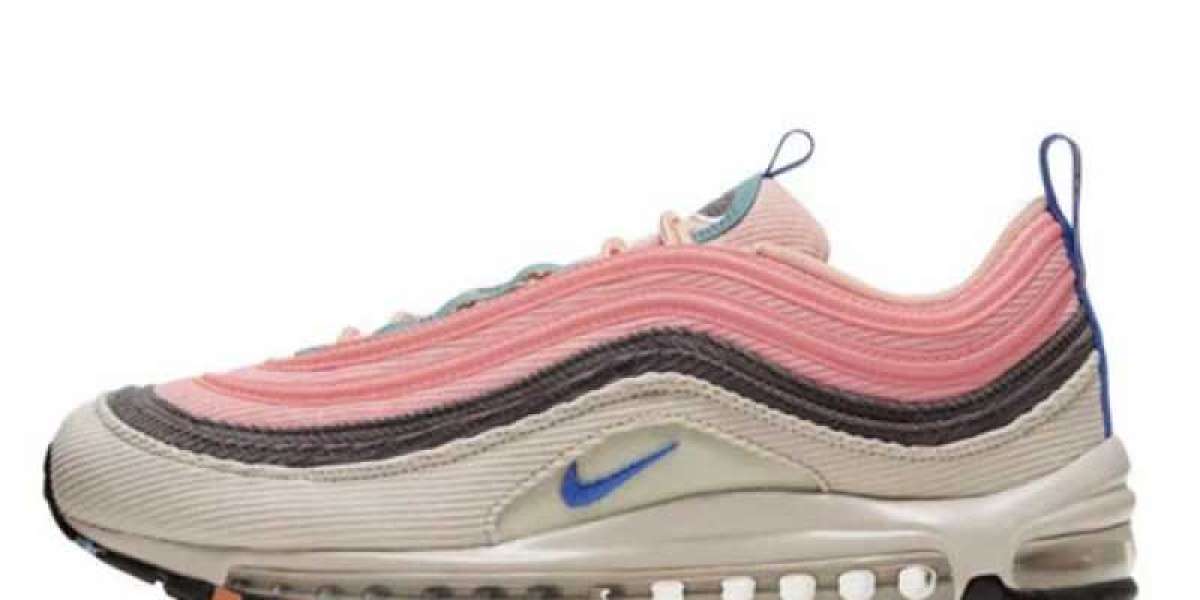Filling spills are a costly headache for bottled beverage makers—whether you produce water, soda, juice, or iced tea. Even small spills waste product, ruin labels, slow down production lines, and add extra cleanup time. Over a month, these “small” issues can cost you hundreds in lost beverage and labor hours. The good news? Most spills aren’t accidental—they’re caused by fixable flaws in your beverage filling machine or setup. And partnering with a trusted beverage filling machine manufacturer ensures you get equipment that stops spills before they start. Below, we’ll break down the top causes of filling spills and simple, actionable solutions to eliminate them.
Top Problem 1: Misaligned Bottles (The #1 Spill Culprit)
The most common cause of spills is bottles that aren’t centered under filling nozzles. When a bottle shifts off-track, beverage pours onto the conveyor belt, labels, or floor instead of into the bottle. This happens because:
- Conveyor belts are loose (bottles slide mid-movement).
- Nozzles aren’t adjusted to match the bottle’s height or width.
Solution: Choose a Machine with Built-In Alignment Tools
Look for a beverage filling machine that fixes misalignment automatically:
- Adjustable conveyor guides: These narrow or widen to fit your bottle size (e.g., 330ml soda bottles or 1L juice jugs), keeping bottles straight as they move.
- Nozzle height controls: Use manual or digital knobs to lower/raise nozzles so they sit directly over the bottle opening—no more off-center pours.
- Alignment sensors: Some machines use small sensors to detect misaligned bottles. If a bottle is off-track, the machine pauses filling until it’s corrected.
A local juice maker used this setup to cut spillage by 70%—from wasting 40 liters of juice weekly to just 12.
Top Problem 2: Mismatched Filling Speed and Beverage Viscosity
Beverages have different thicknesses (called “viscosity”): water is thin, mango juice is thick, and carbonated soda foams easily. Using the same filling speed for all leads to spills:
- Thin/foamy drinks (soda, water) pour too fast and overflow.
- Thick drinks (smoothies, creamy iced coffee) pour too slow and dribble down nozzles.
Solution: Pick Machines with Speed and Viscosity Controls
A good beverage filling machine lets you tweak speed to match your drink:
- Flow rate knobs: Slow down filling for foamy drinks (like soda) to prevent overflow. Speed it up slightly for thick drinks to stop drips.
- Anti-foam nozzles: These dispense carbonated drinks gently to reduce foam—foam overflow is a hidden spill that wastes more beverage than you think.
- Beverage presets: Some machines have pre-set settings (e.g., “water,” “juice,” “soda”)—select your drink, and the machine adjusts speed automatically.
A soda brand that added anti-foam nozzles and flow controls stopped wasting 35 liters of soda weekly from foam spills.
Top Problem 3: Worn or Leaky Filling Nozzles
Filling nozzles wear out over time—especially with daily use. Worn nozzles have cracks or loose seals, so beverage leaks during filling. These leaks start small but add up to big waste.
Solution: Opt for Durable, Easy-to-Replace Nozzles
Prevent nozzle leaks with a machine that has:
- Stainless steel nozzles: More durable than plastic, they don’t crack or wear out quickly (great for high-volume use).
- Anti-drip designs: These nozzles close tightly after filling, so no leftover beverage drips onto bottles or conveyors.
- Quick-change nozzles: Replace worn nozzles in 2–3 minutes (no special tools needed)—no long downtime.
Add a quick daily check: Wipe nozzles with a clean cloth each morning and look for cracks. Replacing nozzles early saves you from bigger spills later.
Top Problem 4: Overfilled Bottles (Yes, This Is a Spill!)
Overfilling isn’t just a “portion issue”—it’s a spill. When a bottle is filled past its top, beverage spills during capping or leaks in shipping. This happens when:
- The machine’s volume settings are wrong (e.g., set to 500ml but using 450ml bottles).
- There’s no sensor to stop filling when the bottle is full.
Solution: Machines with Volume Sensors and Auto-Stop
Avoid overfills with these features:
- Digital volume controls: Set the exact amount to fill (e.g., 330ml, 500ml) and the machine sticks to it—no guesswork.
- Level sensors: These detect when the beverage reaches the bottle’s top and cut off filling immediately. They work even if you switch bottle sizes.
A water bottler using level sensors reduced overfill spills by 80%—from discarding 25 overfilled cases weekly to just 5.
How a Trusted Beverage Filling Machine Manufacturer Prevents Spills
Even the best features won’t help if the machine isn’t built for your beverage. A reliable beverage filling machine manufacturer stops spills by:
Customizing the Machine to Your Drink
Generic machines cause spills because they’re not tailored to your product. A good manufacturer will:
- Ask about your beverage’s viscosity (thin? thick? foamy?).
- Recommend features like anti-foam nozzles (for soda) or wide nozzles (for thick juice).
- Test the machine with your actual beverage before shipping—fixing spill risks upfront.
Providing Operator Training
Many spills happen from user error (e.g., wrong nozzle height). Manufacturers should:
- Train your team to adjust settings, check nozzles, and align bottles.
- Give a simple manual with spill-prevention steps (e.g., “How to switch from 330ml to 500ml bottles”).
Offering Fast Replacement Parts
If a nozzle breaks or a sensor fails, slow part delivery means more spills. A good manufacturer ships parts (nozzles, sensors) in 3–5 days—so you can fix issues fast.
Filling spills in bottled beverage manufacturing are avoidable. By choosing a beverage filling machine with alignment tools, speed controls, and durable nozzles, and partnering with a knowledgeable beverage filling machine manufacturer, you’ll cut waste, save time, and keep production smooth.
Remember: Every spill is lost product and money. The right machine turns “constant cleanup” into “seamless filling”—so you can focus on making great beverages, not fixing messes.
If you want a quick daily tool to prevent spills, I can create a beverage filling spill-prevention checklist that sums up key checks (nozzle inspection, alignment, speed settings) for your team. Would you find that useful?








